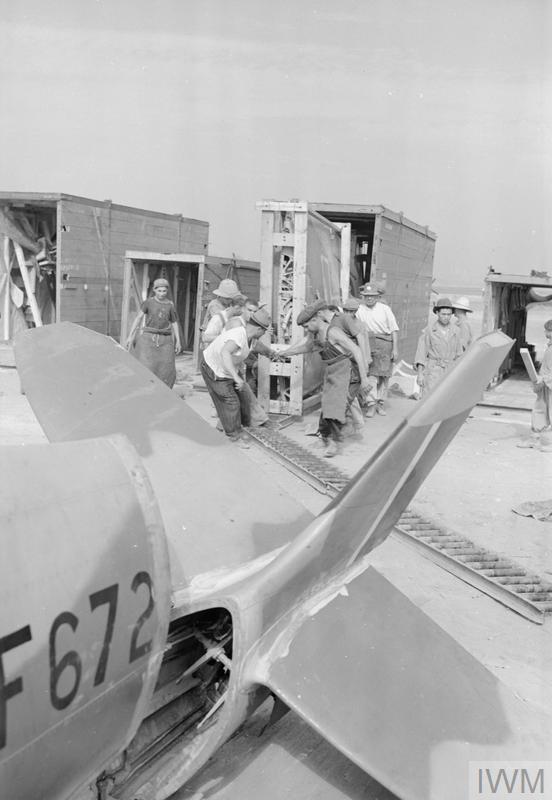Mike Williams
Senior Airman
- 572
- Oct 19, 2006
From the book "Spitfire" by Alfred Price quoting W/O Fred Tandy of 616 Squadron on rearming Spitfire I'sand then notice the swarms of men around the fighters in the posed publicity pictures kindly provided by MikeMeech.
I am not saying the Spitfire was easier to service, I don't know, but unless the times include the numbers of men involved and some idea of the conditions the early times given don't mean much.
Please note the two images 5 & 6 in MikeMeech's post. and compare them with the claim of 9 minutes to rearm the Hurricane.
The belts have to be take out of boxes (two men?) which could be done beforehand. then image #5 shows the belts all laid out on the wing (how long?) with two men working on loading the belts.
Some newsreels show 4 or more men working on one wing but again it was posed.
The Earlier photos show 4 -5 men working on the Spitfires guns.
The time study in provided by Greyman says 2 men.

